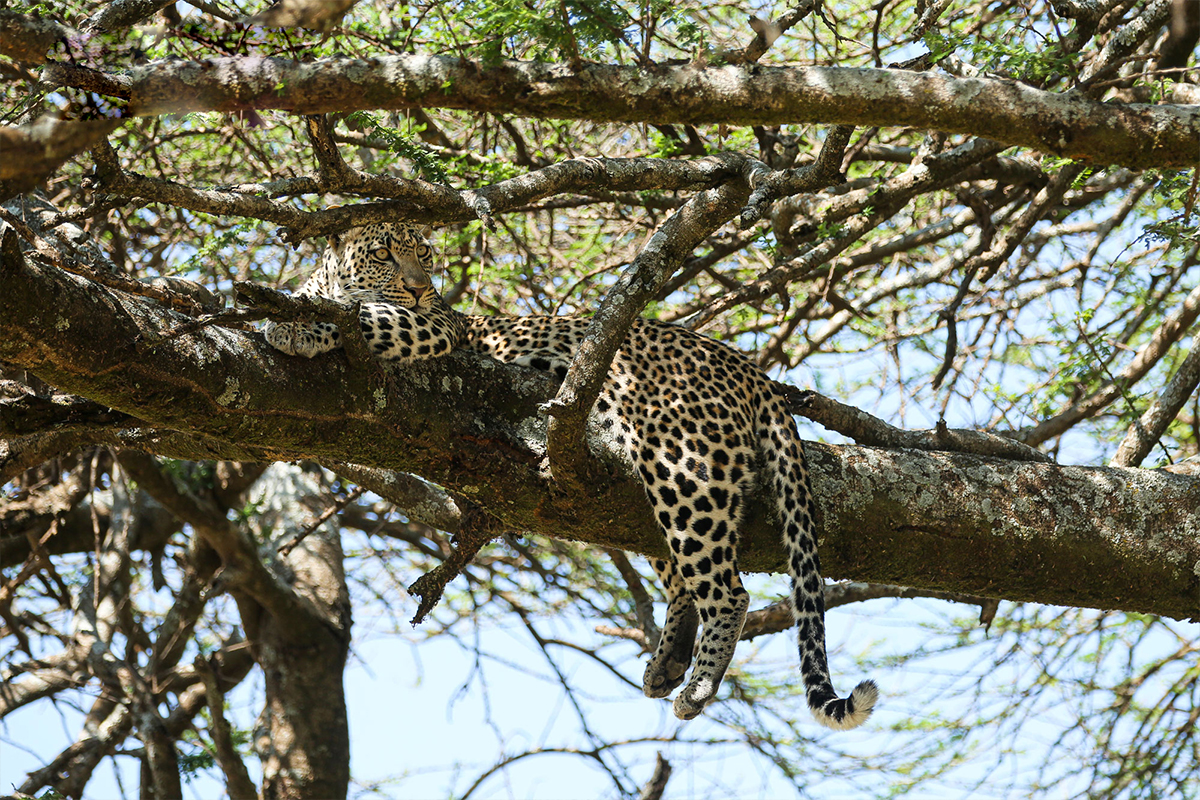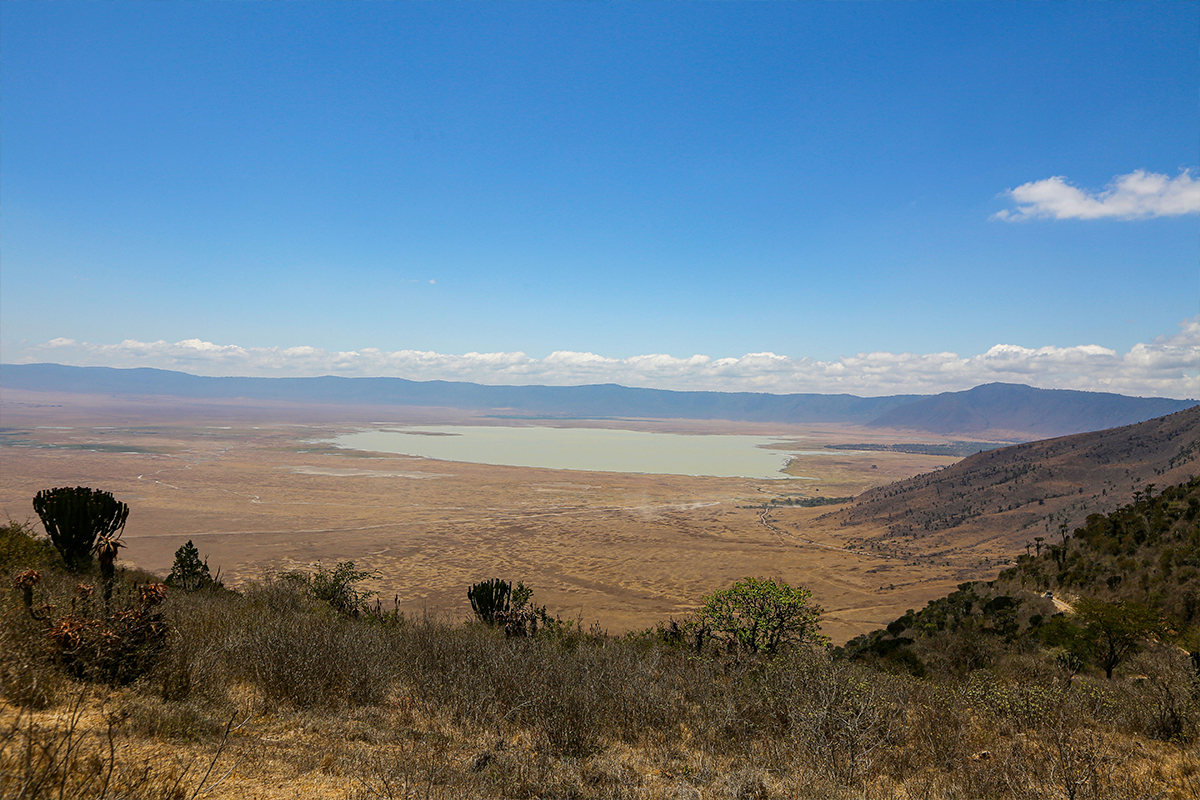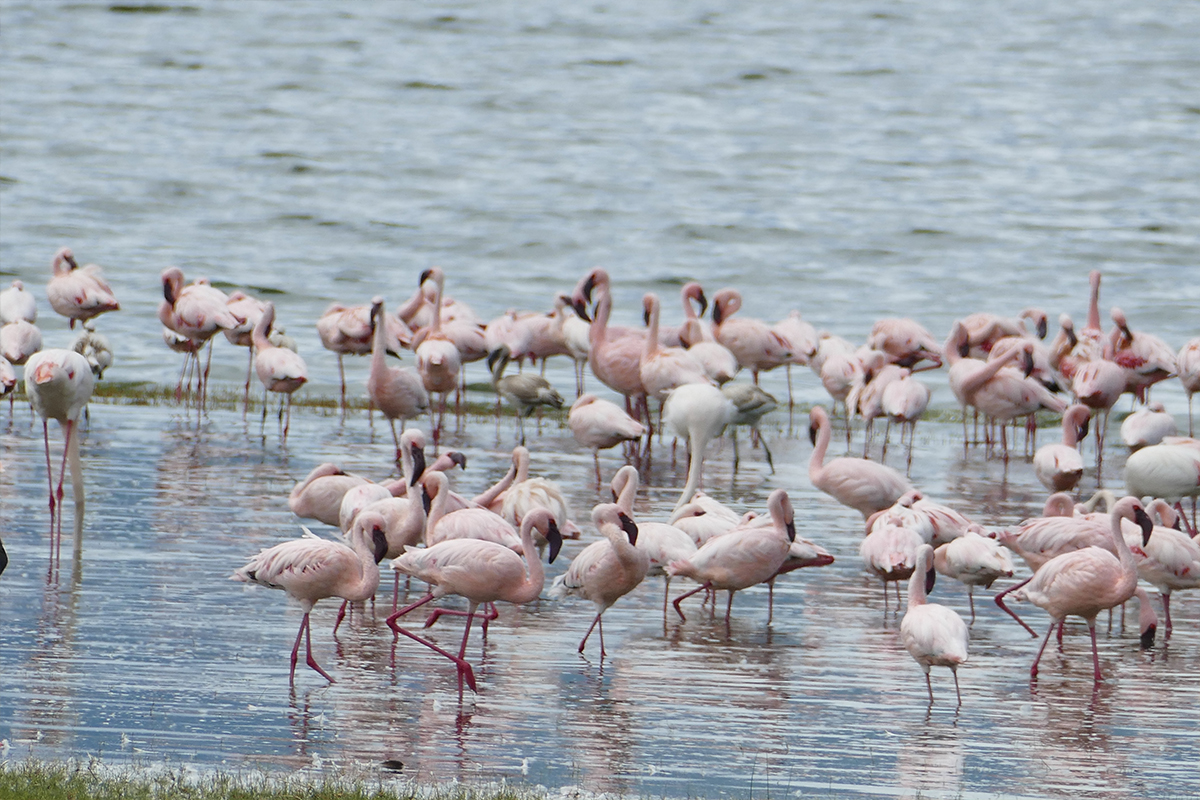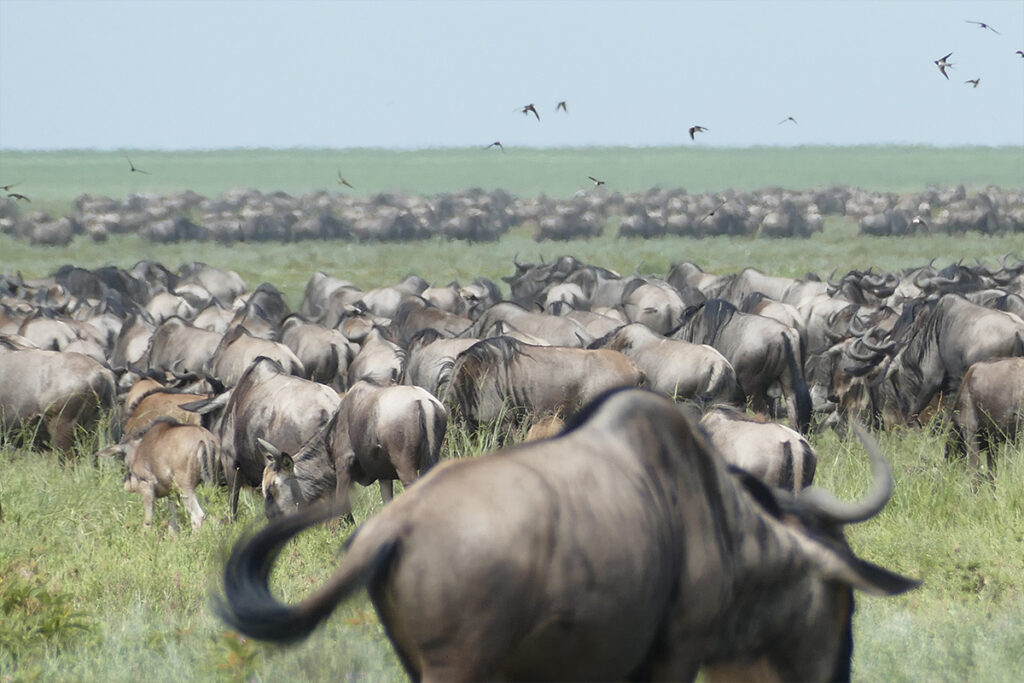Kilimanjaro Altitude Sickness
Kilimanjaro Altitude Sickness Is Common For All Climbers On Mount Kilimanjaro But There Are Ways To Prevent It, Let’s Find Out How!
Altitude sickness, not lack of fitness, is often the main obstacle to reaching the summit of Kilimanjaro. Coping with altitude is crucial for success, and there are steps you can take to mitigate symptoms.
At heights above 2,500 meters, Kilimanjaro altitude sickness can strike due to the reduced oxygen levels. While most cases are mild, acute mountain sickness can pose serious risks to climbers.
To combat altitude sickness, it’s essential to acclimatize gradually, stay hydrated, and listen to your body. Recognizing symptoms early and seeking assistance if needed can prevent serious complications.
While physical fitness is important for the climb, proper preparation and altitude management are key factors in reaching Kilimanjaro’s summit safely.
Altitude sickness symptoms can manifest within hours of arriving at higher elevations, characterized by headache, shortness of breath, fatigue, loss of appetite, rapid pulse, nausea, and difficulty exercising.
In severe cases, descending to lower altitudes may be necessary to allow the body to adjust.
While proper health precautions can reduce the risk, altitude sickness is unpredictable, affecting individuals differently. Shorter itineraries on Kilimanjaro can exacerbate symptoms by limiting acclimatization and oxygen intake, increasing susceptibility to altitude sickness.
Three Golden rule of Kilimanjaro Altitude sickness:
Always remember these 3 Golden Rules when at higher altitude:
Rule 1: If you feel unwell, you have altitude sickness until proven otherwise
Rule 2: Do not ascend further if you have symptoms of altitude sickness
Rule 3: If you are getting worse then descend immediately
Preventing Altitude Sickness on Mount Kilimanjaro: Expert Tips for a Safe Ascent
1. Altitude Training:
Condition Your Body for High Elevations
Altitude training is a crucial aspect of preparing for a Mount Kilimanjaro climb. Engaging in specific exercises designed to simulate high-altitude conditions can help your body adapt to reduced oxygen levels and minimize the risk of altitude sickness during your ascent. Aerobic workouts, such as running or cycling, increase your cardiovascular fitness and improve your body’s ability to utilize oxygen more efficiently. Additionally, strength training exercises target key muscle groups used during the climb, enhancing overall endurance and reducing fatigue.
2. Pre-Acclimatization:
Prepare Your Body for the Challenges Ahead
Pre-acclimatization is another effective strategy for minimizing altitude sickness risk on Mount Kilimanjaro. Consider arriving in Tanzania several days before your climb to allow your body time to adjust to the higher elevation. Climbing Mount Meru, a nearby peak with similar altitude and terrain, can serve as an excellent pre-acclimatization hike. This gradual exposure to higher elevations helps jumpstart your body’s acclimatization process, making it better prepared for the challenges of Kilimanjaro.
3. Route Selection:
Choose the Right Path for Effective Acclimatization
Selecting the appropriate route is paramount when it comes to preventing altitude sickness on Kilimanjaro. Opt for routes with longer itineraries that allow for gradual ascent profiles and ample rest days. Routes like the Lemosho and Machame provide optimal acclimatization opportunities, increasing your chances of reaching the summit safely. These routes offer scenic landscapes, diverse ecosystems, and varied terrain, further enhancing your overall trekking experience while minimizing altitude-related risks.
4. Hydration Strategy:
Stay Hydrated to Mitigate Altitude Sickness Risks
Hydration is key to combating altitude sickness on Mount Kilimanjaro. At higher elevations, the air is drier, and your body loses more fluids through respiration and perspiration. To prevent dehydration and its associated symptoms, aim to drink at least 4 liters of water per day during your climb. Additionally, consider using electrolyte supplements or sports drinks to replenish lost minerals and maintain proper hydration levels. Proper hydration supports healthy blood circulation, oxygen transport, and overall physiological function, reducing the likelihood of altitude sickness.
5. Stimulant Avoidance:
Optimize Acclimatization by Avoiding Stimulants
Stimulants like caffeine and alcohol can exacerbate altitude sickness symptoms and hinder your body’s ability to acclimatize effectively. Avoid consuming these substances before and during your Kilimanjaro climb to minimize altitude-related risks. Instead, focus on fueling your body with nutrient-rich foods and beverages that support optimal hydration and energy levels. Green tea, herbal teas, and natural fruit juices are excellent alternatives to caffeinated and alcoholic beverages, providing hydration and nutritional benefits without the negative side effects.
Walking Techniques:
- Maintain a Slow Pace:
Climb Gradually to Minimize Altitude Sickness Risk
One of the most effective strategies for preventing altitude sickness is to maintain a slow and steady pace throughout your Kilimanjaro ascent. Avoid rushing or overexerting yourself, especially during the initial stages of the climb. Ascend at a pace that allows you to maintain a steady breathing rhythm and conserve energy for the duration of the trek. Walking slowly not only reduces the strain on your body but also gives it ample time to acclimatize to the changing altitude and oxygen levels.
- Implement the “Walk High, Sleep Low” Strategy:
Promote Optimal Acclimatization with Strategic Ascents and Descents
The “walk high, sleep low” strategy is a time-tested approach to altitude acclimatization that can significantly reduce the risk of altitude sickness on Mount Kilimanjaro. This technique involves climbing to higher elevations during the day to facilitate gradual acclimatization, then descending to lower altitudes to sleep and rest overnight. By exposing your body to higher elevations during the day and allowing it to recover at lower altitudes at night, you can optimize your acclimatization process and minimize the likelihood of altitude-related symptoms.
Medication Considerations:
- Consult with a Healthcare Professional:
Discuss Preventive Measures and Potential Side Effects
Before embarking on your Kilimanjaro climb, consult with a healthcare professional to discuss preventive measures and medications for altitude sickness. Acetazolamide (Diamox) is a common medication prescribed to prevent altitude sickness by promoting diuresis and improving blood acidity levels. However, it’s essential to discuss potential side effects and dosage recommendations with your doctor before using this medication.
- Be Prepared with Emergency Medications:
Address Severe Symptoms with Necessary Treatments
In addition to preventive measures, it’s crucial to be prepared with emergency medications to address severe altitude sickness symptoms if they occur. Medications like Dexamethasone and Prednisolone can help alleviate symptoms of high altitude pulmonary edema (HAPE) and high altitude cerebral edema (HACE), potentially saving lives in emergency situations. Familiarize yourself with these medications and their proper usage before your Kilimanjaro climb to ensure a safe and successful ascent.
Incorporating these comprehensive strategies into your Kilimanjaro climb preparation will not only enhance your Google ranking but also increase your chances of a safe and successful ascent to
LET'S PLAN
YOUR SAFARI TOGETHER
Start planning your tour with us, we can create an itinerary from scratch or modify one of our suggested itineraries.
.
Top Pick Tour Packages For You
Tanzania Safari and Trekking
Tanzania boasts Africa’s renowned parks, promising unforgettable luxury safaris. With expertly crafted itineraries, immerse yourself in the finest national parks for a tailored wildlife adventure.
7 days classic Tanzania safari
Tour Type: Mid-Range Safari, Joining Groups
Places To Visit: Ngorongoro Crater, Serengeti NP, Tarangire NP, Lake Manyara
4 Days Serengeti Tanzania Safaris
Tour Type: Budget Safari, Joining Groups
Places To Visit: Ngorongoro Crater, Serengeti NP, Tarangire NP
5 Days Serengeti Experience Budget
Tour Type: Budget Safari, Joining Groups
Places To Visit: Ngorongoro Crater, Serengeti NP, Lake Manyara NP, Tarangire NP
2 Days Tanzania Budget Safari
Tour Type: Budget Safari, Joining Groups
Place Visited: Ngorongoro Crater, Tarangire NP
5 Days Great Migration Fly in from Zanzibar
Tour Type: MId-Range Safari, Joining Groups
Places To Visit: Ngorongoro Crater, Serengeti NP
7 Days Lemosho Route Kilimanjaro Climbing
Tour Type: Mountain Climbing
Places To Visit: Kilimanjaro National Park
3 Days Big 5 Tanzania lodge Safari
Tour Type: Mid-range, Joining Groups
Places To Visit: Ngorongoro Crater, Tarangire NP
4 Days Fly-In Serengeti and Ngorongoro Safari
Tour Type: Mid-Range Safari, Joining Groups
Places To Visit: Ngorongoro Crater, Serengeti NP
3 Days Safari Serengeti & Ngorongoro Crater
Tour Type: Budget Safari, Joining Groups
Places To Visit: Ngorongoro Crater, Serengeti NP
3 Days Tanzania Big 5 Budget Safari
Tour Type: Budget Safari, Joining Groups
Places To Visit: Lake Manyara NP, Ngorongoro Crater, Tarangire NP
















